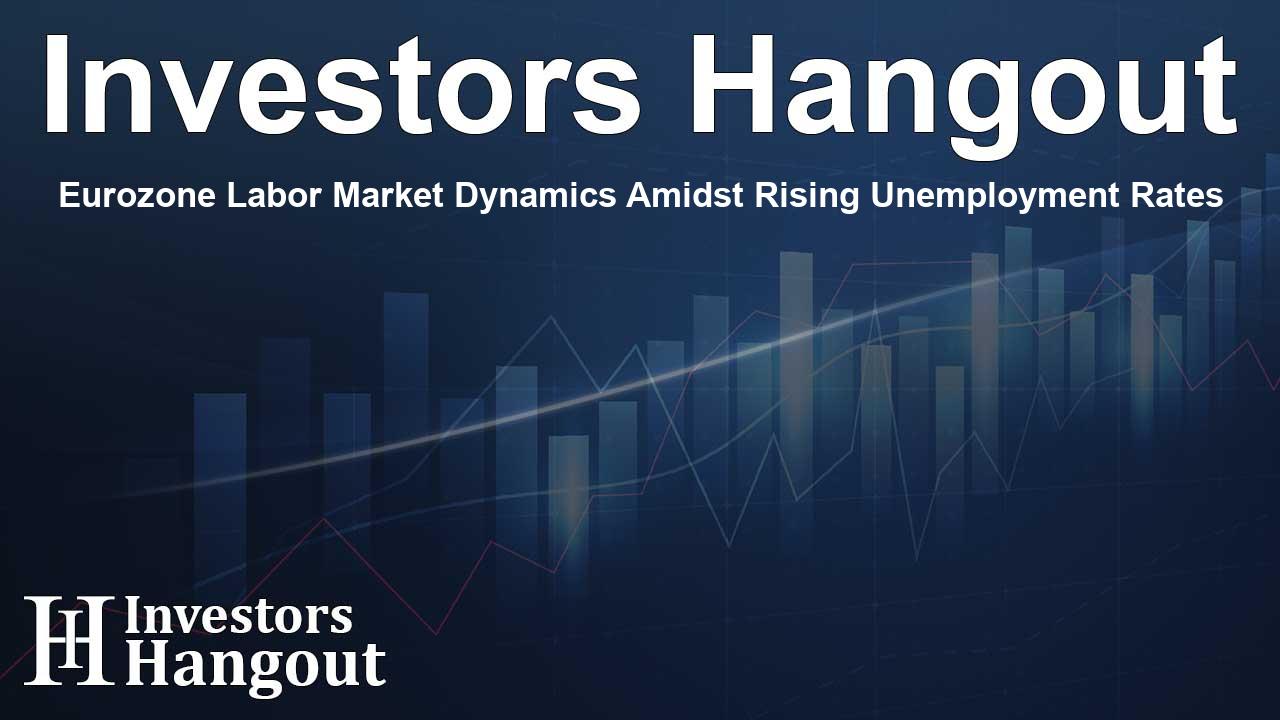Eurozone Labor Market Dynamics Amidst Rising Unemployment Rates

Eurozone Employment Outlook and Current Trends
The unemployment rate in the eurozone has seen a slight uptick from 6.2% to 6.3%. This rise is primarily attributed to an increase in unemployment in Italy. Nevertheless, the overall labor market continues to show resilience, with significant shortages evident across the eurozone.
Stability in Major Eurozone Economies
When examining major economies within the eurozone, most have maintained relatively stable unemployment rates. Italy stands out with an increase from 6.1% to 6.5%. Despite this variance, employment expectations in Italy have shown robustness in recent months. It is noteworthy that southern European labor markets are expected to remain strong, signaling a positive outlook.
Labor Market Shortages and Wage Growth Expectations
Today's labor market is characterized by persistent shortages despite unemployment rates being close to historic lows. Although vacancy rates have somewhat decreased, they remain significantly higher than pre-2018 levels, indicating ongoing demand for workers. Wage growth, while declining from its previous peaks following inflation shocks, is anticipated to remain above levels noted before the COVID-19 pandemic.
Inflation and its Relation to Wage Trends
Looking ahead, projections suggest that wage growth may stabilize around 3% or just below by year-end. With an uptick in productivity growth, inflationary pressures originating from the labor market are diminishing. This trajectory should bring wage increases into alignment with the ECB’s target inflation rate of 2%. As such, even with a persistently vigorous labor market, wage growth is expected to present a reduced immediate concern regarding inflation forecasts from the ECB.
Frequently Asked Questions
What is the current unemployment rate in the Eurozone?
The current unemployment rate in the Eurozone has increased from 6.2% to 6.3%.
Which country in the Eurozone has experienced the highest increase in unemployment?
Italy has seen the most significant increase in unemployment, rising from 6.1% to 6.5%.
How does the tight labor market impact wage growth?
The tight labor market suggests that while wages may face some downward pressure, growth is still expected to outperform pre-pandemic levels.
What are the projections for wage growth in the Eurozone?
Wage growth is expected to stabilize around 3% or slightly below by the end of the year.
How does this situation affect the ECB's inflation targets?
The expected alignment of wage growth with the ECB’s 2% inflation target presents reduced immediate risks to their inflation outlook.
About The Author
Contact Olivia Taylor privately here. Or send an email with ATTN: Olivia Taylor as the subject to contact@investorshangout.com.
About Investors Hangout
Investors Hangout is a leading online stock forum for financial discussion and learning, offering a wide range of free tools and resources. It draws in traders of all levels, who exchange market knowledge, investigate trading tactics, and keep an eye on industry developments in real time. Featuring financial articles, stock message boards, quotes, charts, company profiles, and live news updates. Through cooperative learning and a wealth of informational resources, it helps users from novices creating their first portfolios to experts honing their techniques. Join Investors Hangout today: https://investorshangout.com/
The content of this article is based on factual, publicly available information and does not represent legal, financial, or investment advice. Investors Hangout does not offer financial advice, and the author is not a licensed financial advisor. Consult a qualified advisor before making any financial or investment decisions based on this article. This article should not be considered advice to purchase, sell, or hold any securities or other investments. If any of the material provided here is inaccurate, please contact us for corrections.
